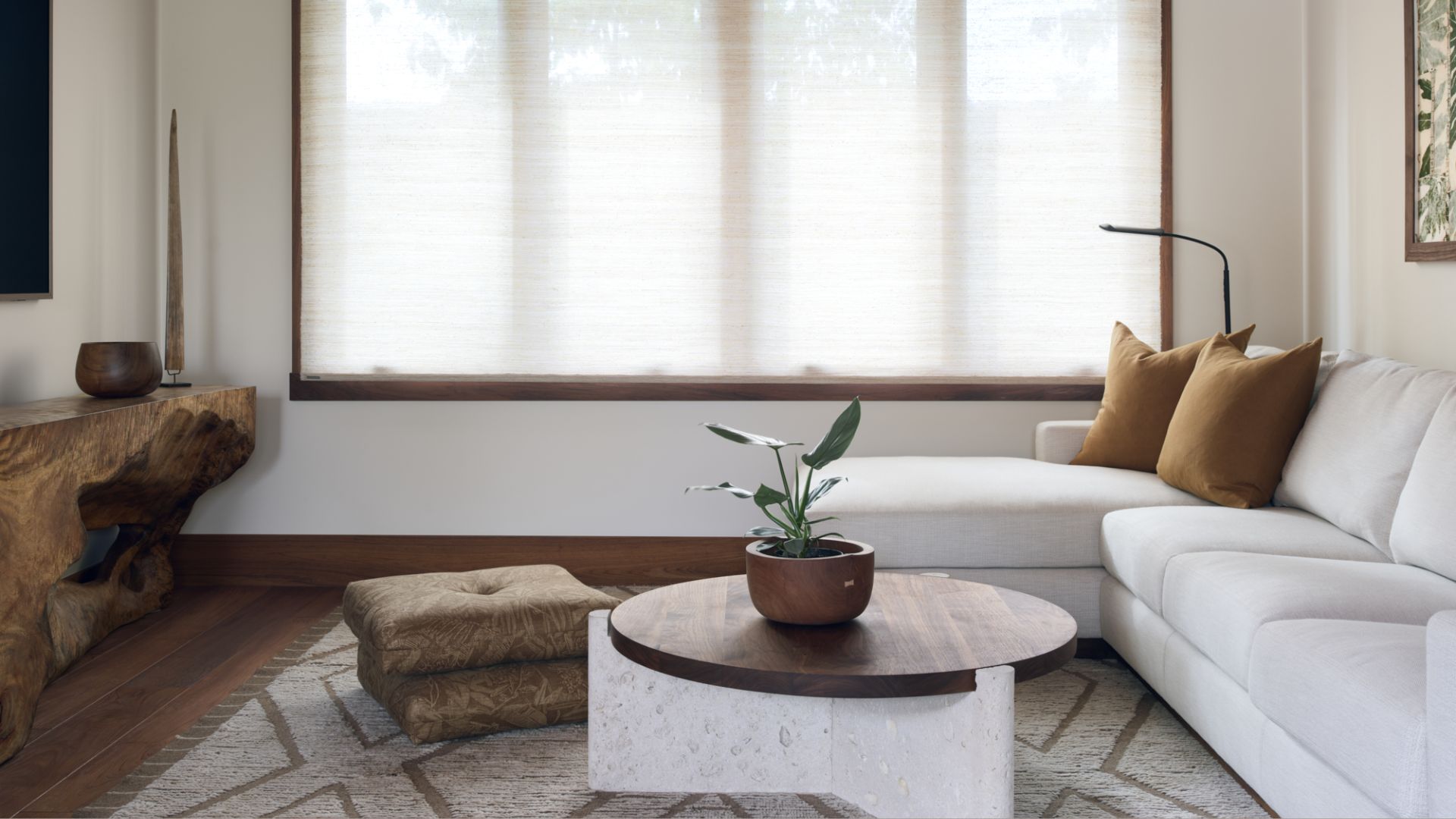
Decluttering, in its own right, is a task that tends to come with heaps of stress. And if you have ADHD (Attention Deficit Hyperactivity Disorder), it can seem like a monstrous task that's near impossible to check off.
While there are plenty of hacks to help you declutter a home, not all of them are ADHD-friendly and in fact, some of them may even make the chore more of a burden to undertake.
So, to help you live in the clutter-free home of your dreams, we spoke to the experts and put together a list of tips that are specifically helpful for people with ADHD. And by the end of it, who knows, maybe decluttering won't be the bane of your existence after all.
1. Set Your Big Picture Goal

According to Ingrid Jansen, co-founder of The Declutter Hub, the first and most important step to take when decluttering with ADHD is to set your big-picture goal.
"Don’t just jump straight in — that’s the biggest mistake people with ADHD can make," she says. "Instead, take some time to plan your project."
She tells us that mapping out endgame results is the best first step to get a clear idea of what's ahead and how to work through it. "Once you land on your big picture goal, keep that vision firmly planted in your mind whilst you’re decluttering," she adds.
This concept will help empower you through to the end of the task and can also prove to be of assistance if you're learning how to declutter when overwhelmed.
2. Break It Down
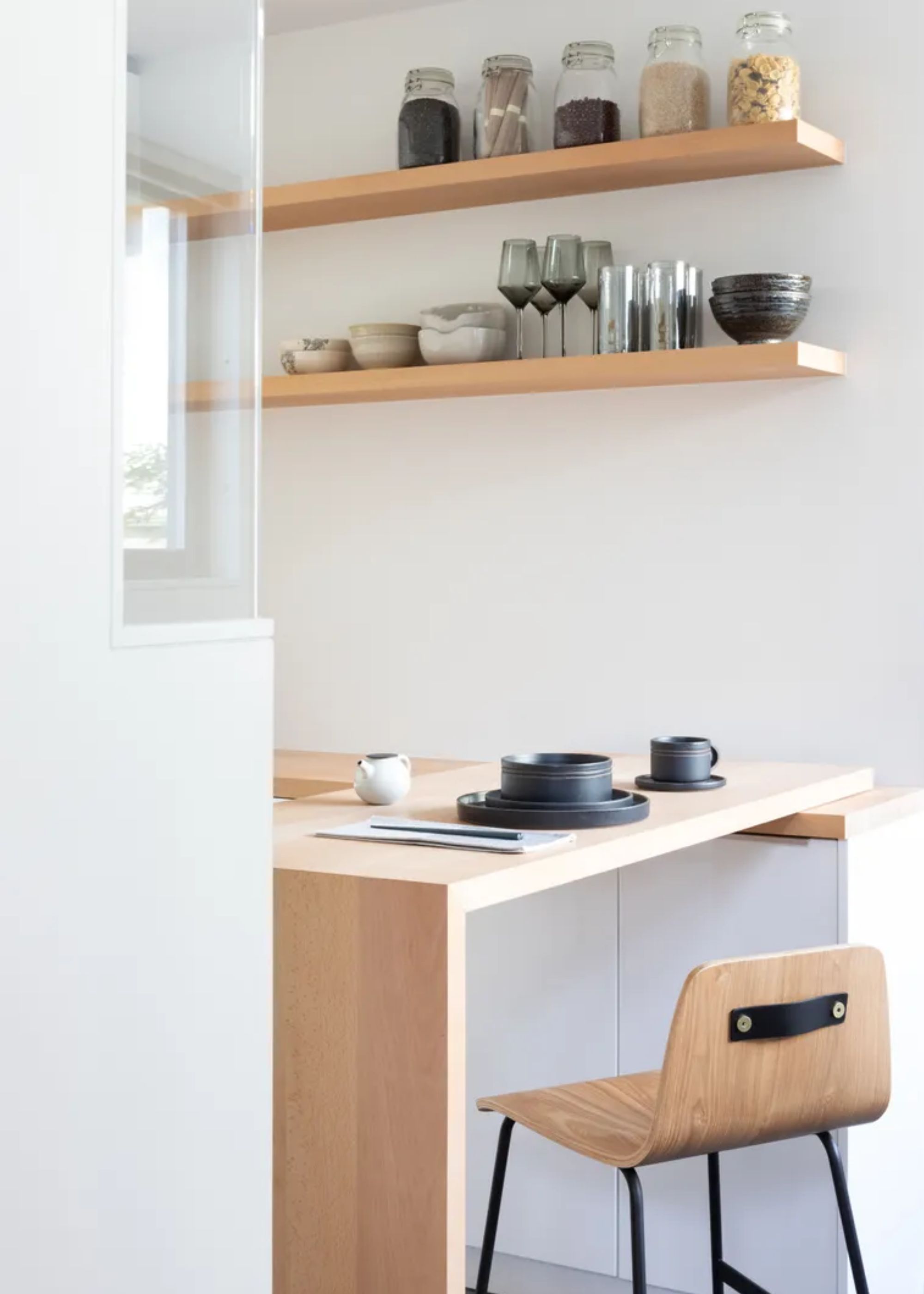
Once you have your dream end goal in place, Lesley Spellman of the Declutter Hub recommends breaking your vision down into smaller goals — even if that means going one drawer or one cupboard at a time.
"Think of your energy levels, how much time you have, and what other tasks might come your way, and then allocate a short burst of time," she says. "Make sure to declutter when your energy is at your best during the day since it requires repeated decision-making."
For instance, if you’re not a morning person, she suggests leaving the decluttering to later in the day. You can pair this tip with the decluttering burst method for systematic sorting.
3. Use a Timer
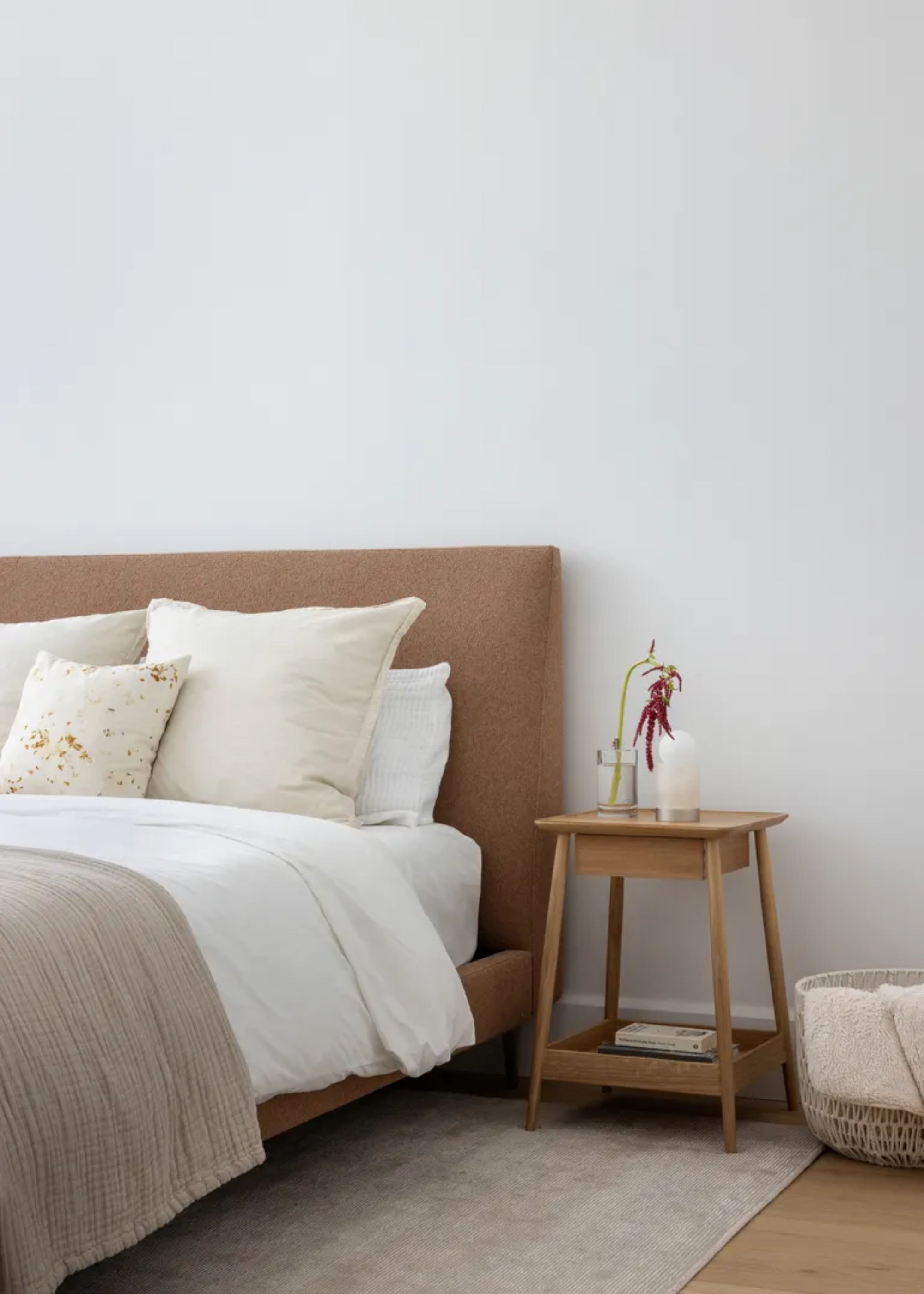
A real consequence of decluttering with ADHD is focusing on the task at the start and slowly veering away from the goal at some point along the way. To avoid becoming too entrenched in your project, Lesley recommends using a timer so you can keep yourself on track.
"Break your project down into 30-minute chunks of time, and, if you still have focussed energy to expel, set your timer again for another 30 minutes," she guides. "Just be sure to continually evaluate your energy levels and make sure you are still on track with your original project."
This is a great rule of thumb fir when you're decluttering your closet or other sentimental spaces in your home.
4. Build Up Your Decluttering Muscle
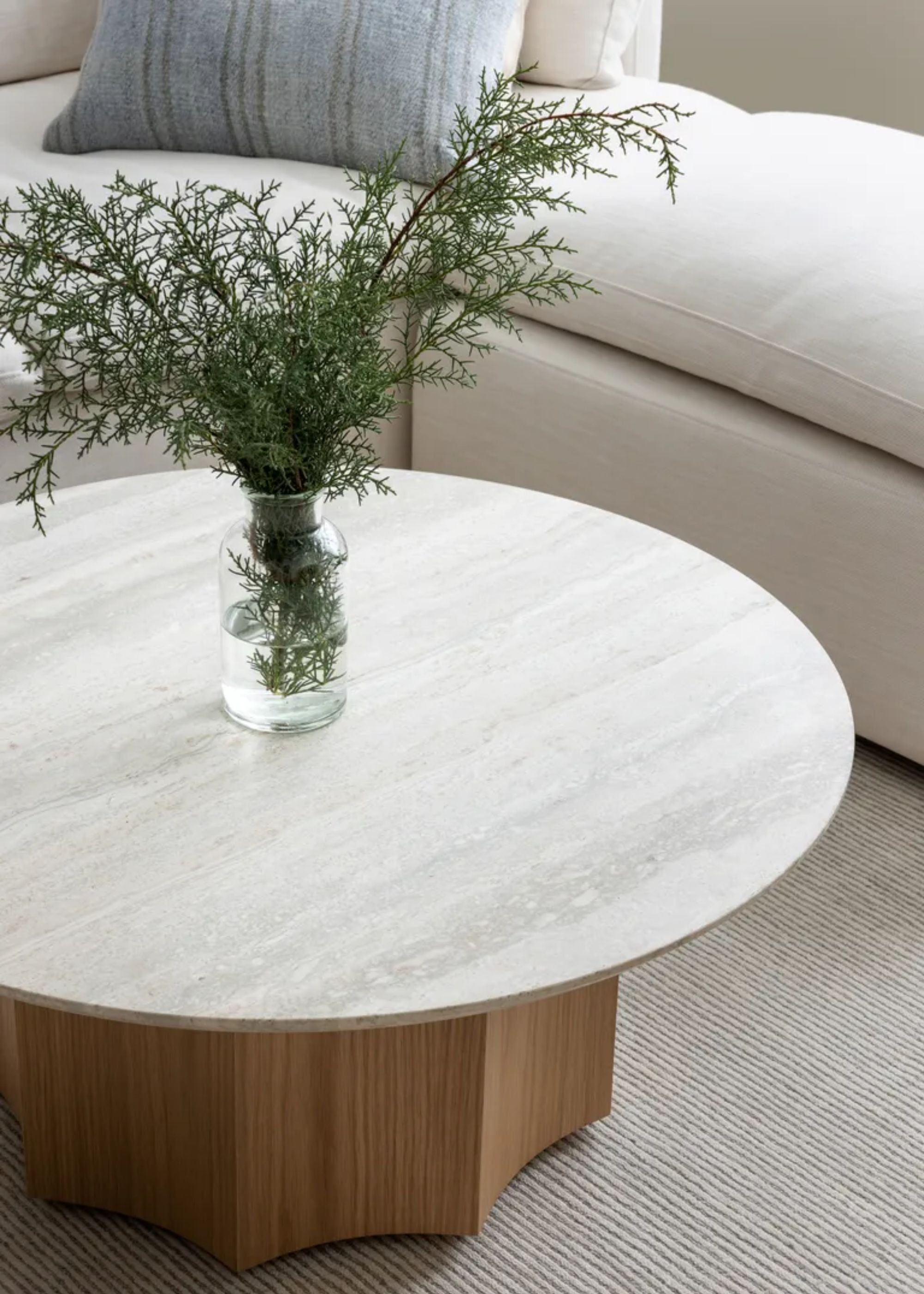
Ingrid tells us that her pro tip is to start with easier, less emotional rooms in your home, by decluttering your kitchen, and linen closet, or even decluttering your bathroom.
She explains that you will still find items that are tricky to let go of, but normally these rooms are more straightforward to do since the items have fewer emotions attached to them.
"Once your decluttering muscle has started to flex you can move on to more tricky categories," she says. "This includes belongings like books, paperwork, and other sentimental items."
5. Focus on Fun
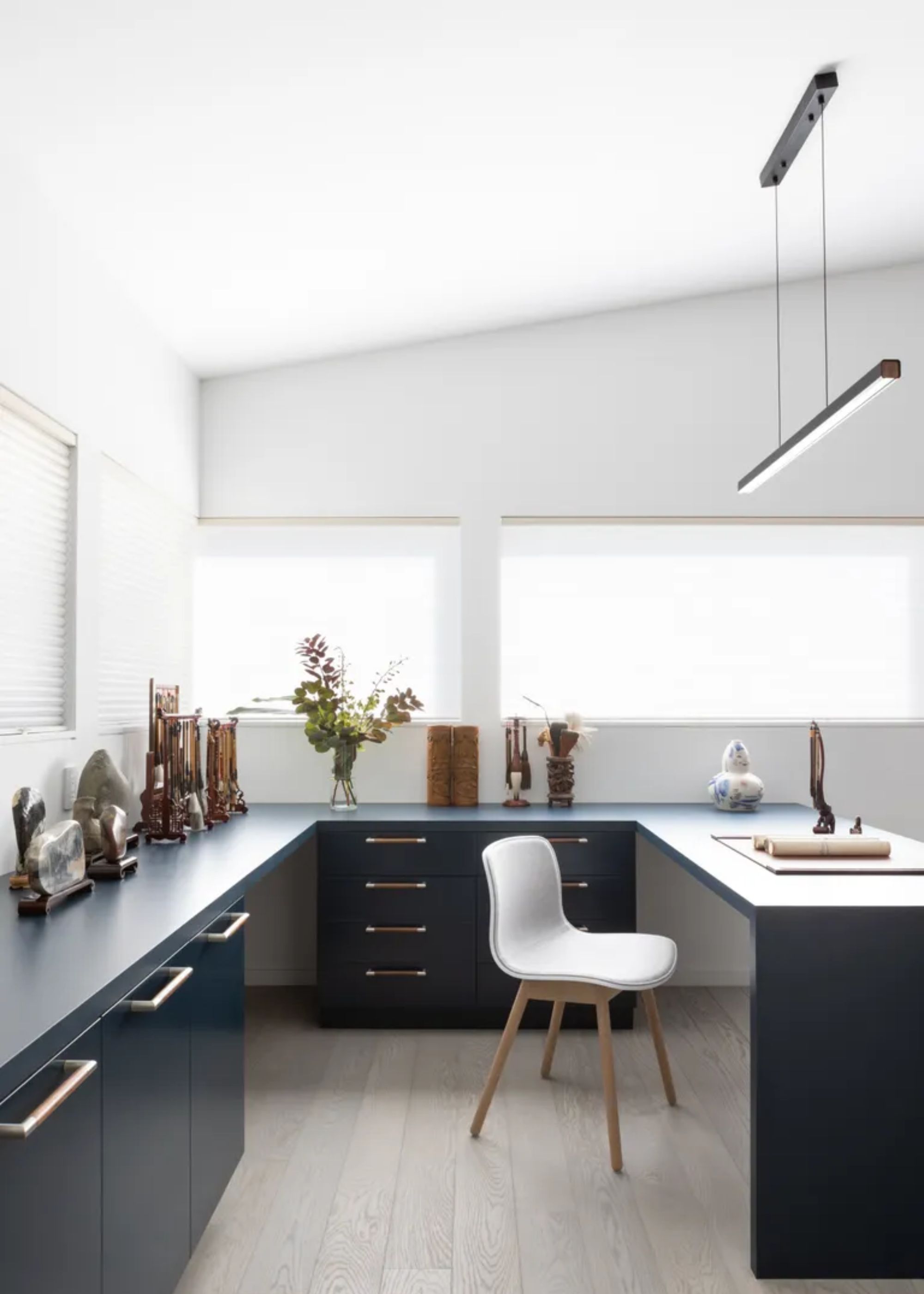
Although week-by-week decluttering definitely falls under the home chore category, that shouldn't stop you from making it as fun as you possibly can.
"Be sure to play music, and listen to a decluttering podcast like The Declutter Hub Podcast to keep yourself focused," says Lesley. "If gamification works for you, be sure to plan a list of things to do on paper or digital and tick things off as you go."
How Can You Help a Person With ADHD Declutter?
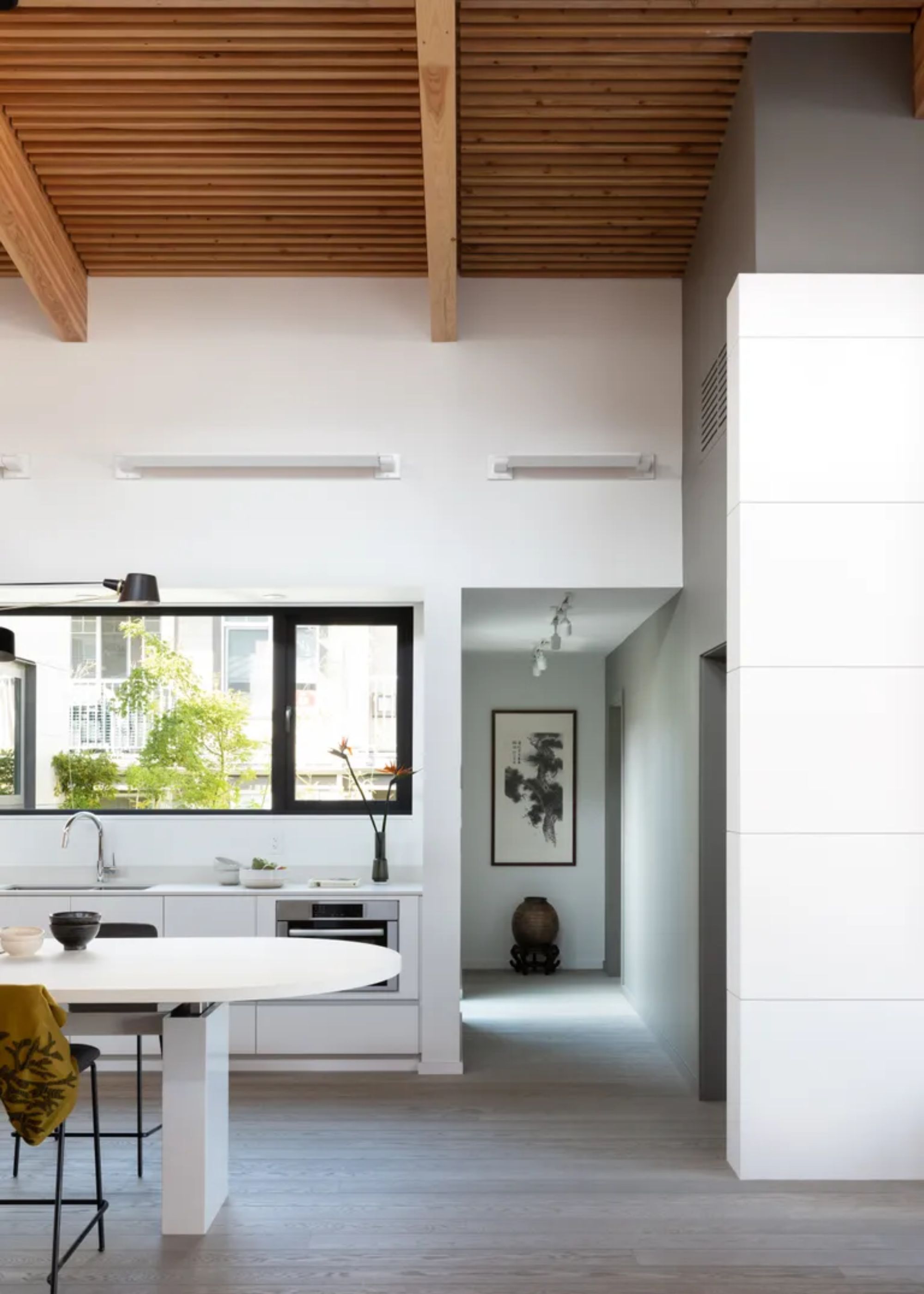
When helping anyone to declutter, particularly someone with ADHD, Ingrid explains that it’s vital to allow them the time and space to work on their decluttering in their own way. "It’s essential that they feel they have the time and space to make their own decisions in their time," she says. "You can be of most help with the planning, preparation, and logistics."
She recommends helping them think about what they’d like to achieve while also aiding them in assessing how long they can devote in the form of a sensible timeframe.
Ingrid also stresses the importance of making sure they have the necessary equipment like cleaning products, bin bags, and boxes to sort into. For instance, if you're testing the four-box method, you will need cardboard boxes ready to go. Or if you're using the post-it method, you will need your sticky notes of choice.
"Most importantly, once they have started to make decisions about what they would like to let go of, help them remove the items from their home by assisting with charity shops and tip runs," she adds.
"Decluttering is not easy for many people but it’s important to understand and acknowledge the additional factors that someone with ADHD is likely to encounter."
Price: £14
Format: Paperback
Lily Beacham's 'ADHD Solution Deck: Decluttering' from Amazon is a brilliant buy if you're struggling to keep a focused mind while tackling a clutter-full home.
Price: £8.99
Format: Paperback
'Decluttering and Downsizing the Family Home' by Rebecca Lawson hosts a sea of tips on how to clear clutter from a large home without drowning in stress.
Price: £6.31
Format: Paperback
'Unlock Serenity: Mastering Decluttering with ADHD' by Adams Roger lends insight into adopting practical solutions that actually work to cut clutter.
FAQs
How Can You Set Up a Clutter-Free Space to Support a Person with ADHD?
Ingrid tells us that there are a couple of essential tips that are sure to come in handy when supporting a person with ADHD along their decluttering journey. "First and foremost, having fewer items is key," she notes. "The goal is to minimize distractions and encourage focus."
She recommends grouping similar items together since a constant focus on gathering like with like will be helpful. "You can also create clearly designated zones in the home to make finding things easier," she suggests.
Ingrid also finds that labels and color coding could be useful for some. "Additionally, use open shelving, transparent boxes, and remove lids where practical," she says. "The easier something is to access, the better."
"Sticky notes, whiteboards, and visual apps are helpful but these systems need to be carefully managed," she adds. "Otherwise they become overwhelming in themselves."
Lastly, she is a big believer in incorporating daily resets. "Every day, sometimes several times a day, you will need to do resets," she notes. "A morning reset and an evening reset are essential, and the more you do them, the less time they take."
Decluttering with ADHD is difficult but unfortunately, it's a task that's definitely unavoidable. Having a beautiful space to live in and losing it to the clutches of clutter is simply not it.
So as you meet your decluttering goals, just remember to be consistent with your routine. Lesley tells us that this is the only way to stay ahead of the clutter and safeguard your now tidy home.
Soon you'll find that decluttering is worth it and the satisfaction of admiring your stunningly put-together home will be reward enough.







